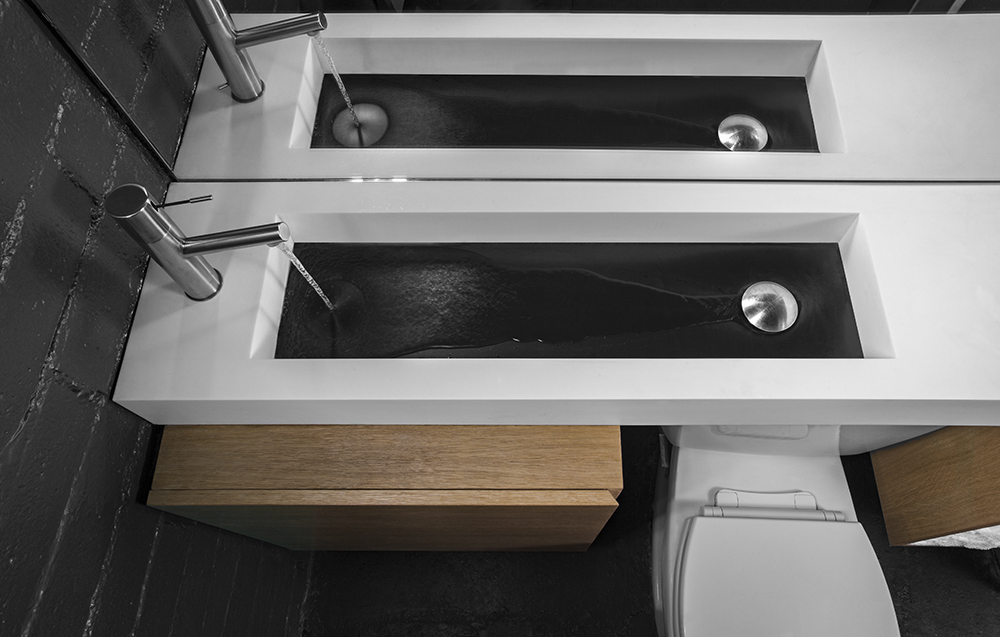

It cannot be too thick or too granular, and preferably should not have any Kirkendall voids. The key to a reliable joint lies in the quality of the IMC that is forced. SAC0307) or silver-free alternatives, such as SnCuNi. This has driven the industry to use low-silver alloys (e.g. In contrast, SAC305 has a range between 217–219☌.Īlthough SAC is an acceptable solder alloy, the addition of silver does raise its cost. These higher silver alloys are true eutectic alloys - completely changing form a solid to a liquid at the melting point of 217☌. These other alloys are types with higher silver content, such as SAC387 (3.8% Ag), and SAC405 (4% Ag). SnAgCu alloy with 3% silver and 0.5% copper (SAC305) was initially endorsed for use in SMT assembly, along with a number of other SAC alloys. The two most commonly used types of lead-free solder are SnAgCu (tin-silver-copper, also called SAC) and SnCu (tin-copper). Both the granularity and number (and size of) any voids in the IMC will affect this durability.


The quality of this IMC boundary determines how durable the joint will be. This last property is crucial in forming a good intermetallic compound (IMC). There is a good reason why tin (Sn) is so commonly used in soft solder and solder alloys: it melts at low temperatures (232☌) and offers good wetting (ability to flow on the pad) properties in addition to its ability to dissolve well with most metals. In this article we’ll be looking at the commonly used lead-free solder types for both hobby and industrial use, and the dopants that are used to improve their properties. While lead (Pb) managed to fill this role for most soldering applications, the phasing out of lead from products, as well as new requirements for increasingly more fine-pitched components have required the development of new solder alloys that can fill this role. A much more recent development is that of soldering electronic components together, using ‘soft soldering’, which entails much lower temperatures.Įarly soft soldering used pure tin (Sn), yet gradually alloys were sought that would fix issues like thermal cycling, shock resistance, electron migration, and the development of whiskers in tin-based alloys. That’s a technique still used today to join precious and semi-precious metals together. Most of these alloys were combinations like copper-silver or silver-gold and used with so-called hard soldering. Lead-free solder alloys have been around for as long as people have done soldering, with sources dating back about 5,000 years.


 0 kommentar(er)
0 kommentar(er)
